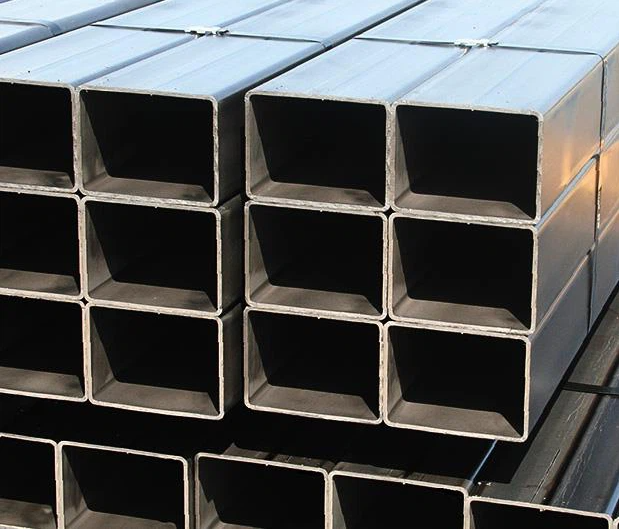Products produced to this standard may not be suitable for use in welded structures such as dynamically loaded elements where low temperature notch toughness may be important, etc.
Chemical Composition Requirements(Table 1)
| Composition, % | ||||
| Element | Grades A, B and D | Grace C | ||
|
Heat Analysis |
Product Analysis |
Heat Analysis |
Product Analysis |
|
|
Carbon, max |
0.26 | 0.30 | 0.23 | 0.27 |
|
Manganese, max |
... | ... | 1.35 | 1.40 |
|
Phosphorus, max |
0.035 | 0.045 | 0.035 | 0.045 |
|
Sulfur, max |
0.035 | 0.045 | 0.035 | 0.045 |
|
Copper, when copper steel is specified, min |
0.20 | 0.18 | 0.20 | 0.18 |
processing
Manufacturing
Thermal Analysis
Each thermal analysis shall be done in accordance with the specific requirements for thermal analysis in Table 1.
Product analysis
Flattening test
Round Structural Tubing Tensile Requirements( Table 2 )
|
Round Structural Tubing |
||||
|
Grade |
Grade A |
Grade B |
Grade C |
Grade D |
|
Tensile strength, mn, ps (MPa) |
45 000 |
58 000 |
62 00 |
58 000 |
|
Yield strength, mn, psi (MPa) |
33 000 |
42 000 |
46 000 |
36 000 |
|
Elongation in 2 in. (50.8 mm), min, %A |
25B |
23C |
21D |
23C |
Shaped Structural Tubing Tensile Requirements( Table 2 )
|
Shaped Structural Tubing |
||||
|
Grade |
Grade A |
Grade B |
Grade C |
Grade D |
|
Tensile strength, mn, ps (MPa) |
45 000 |
58 000 |
62 00 |
58 000 |
|
Yield strength, mn, psi (MPa) |
39 000 |
46 000 |
50 000 |
36 000 |
|
Elongation in 2 in. (50.8 mm), min, %A |
25B |
23C |
21D |
23C |
